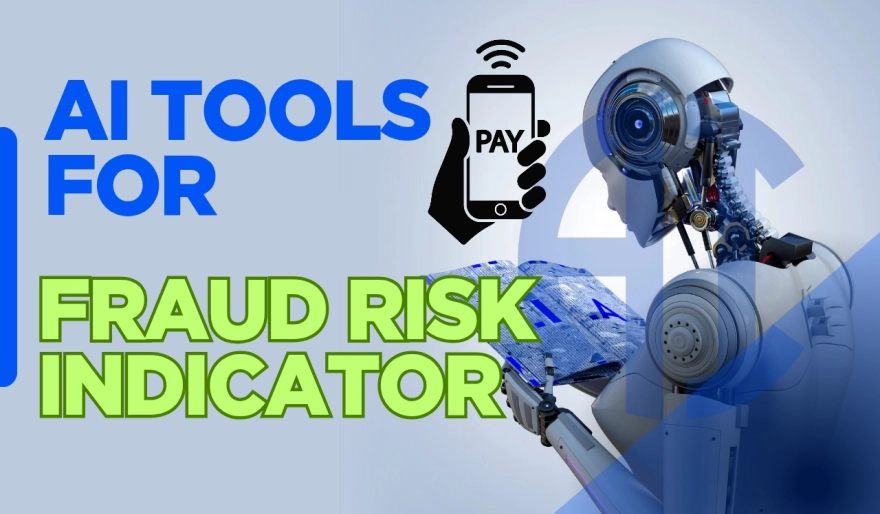DoT to Share Financial Fraud Risk Indicator Data with Banks, UPI Providers & Financial Institutions
4 min read In a major step toward curbing financial fraud in India, the Department of Telecommunications (DoT) has announced its decision to share Financial Fraud Risk Indicator Data with banks, UPI service providers, and other financial institutions. This collaborative initiative is aimed at strengthening digital financial security and protecting citizens from increasingly sophisticated cyber threats. May 25, 2025 07:23
What Is Financial Fraud Risk Indicator Data?
The Financial Fraud Risk Indicator Data refers to intelligence gathered from telecom networks, primarily involving mobile numbers used in fraudulent financial activities such as phishing, OTP scams, SIM swap attacks, loan app frauds, and impersonation. These insights are crucial in identifying patterns and high-risk entities that may pose a threat to consumers and institutions.
Why Is This Move Significant?
With India’s massive digital payment ecosystem — led by UPI (Unified Payments Interface) and mobile banking — becoming a global benchmark, fraudsters have also evolved their techniques. DoT's initiative comes at a time when:
-
Over 95,000 complaints of financial fraud were recorded in a span of 12 months.
-
Scammers often use mobile numbers not yet flagged by telecom operators.
-
Existing detection systems lack real-time fraud pattern sharing between telecom and financial sectors.
By enabling data sharing, the DoT aims to close the communication gap between telecom authorities and financial bodies.
Key Stakeholders in the Initiative
-
Banks & NBFCs
Will receive early alerts on mobile numbers suspected of fraud, allowing them to flag transactions or monitor account activity. -
UPI Service Providers (like Google Pay, PhonePe, Paytm, and BHIM)
Will integrate risk data into their fraud detection systems for real-time alerts and transaction blocks. -
Telecom Service Providers
Will assist in identifying SIM misuse and coordinating with law enforcement if needed. -
Financial CERT (Computer Emergency Response Team)
Will act as a cyber intelligence partner for deeper analysis of fraud trends.
How Will This Work?
-
DoT’s Sanchar Saathi portal, which currently tracks lost and fake SIM cards, will be a key platform for fraud data compilation.
-
Identified fraud indicators (like a phone number linked with 5+ scam complaints) will be shared via a secure API with authorized financial entities.
-
Institutions can use this data to flag suspicious accounts, pause transactions, or conduct additional KYC verifications.
-
A centralized dashboard may be implemented for monitoring and audit.
Benefits of the Initiative
-
Real-time Fraud Detection
The integration of telecom and financial risk data will help in immediate threat detection and response. -
Reduced Customer Losses
Early warnings and transaction monitoring can prevent financial damage before it happens. -
Data-Driven Intelligence Sharing
Fosters a unified digital security ecosystem by encouraging inter-sector collaboration. -
Increased Trust in Digital Payments
Will boost user confidence in platforms like UPI, net banking, and mobile wallets.
Challenges Ahead
-
Data Privacy Concerns
Sharing personal identifiers (like mobile numbers) across sectors will require strict adherence to data protection laws. -
System Integration
Financial institutions will need to upgrade or modify their fraud detection systems to accept and process DoT data. -
Operational Coordination
Ensuring seamless communication between multiple banks, fintech companies, and telecom operators could be complex.
Final Thoughts
The DoT’s move to share financial fraud risk indicator data with banks, UPI platforms, and financial institutions marks a proactive shift in India’s approach to cybersecurity. By creating a collaborative defense mechanism, the government is aiming to make the digital ecosystem safer and more resilient. As digital transactions continue to rise, such cross-sectoral efforts are not just helpful—they’re essential.
User Comments (0)
Popular Apps










Editor's Choice










 WP Theme
WP Theme Android
Android iOS
iOS Windows
Windows Mac
Mac Linux
Linux Play Station
Play Station Xbox
Xbox Steam
Steam Wordpress
Wordpress